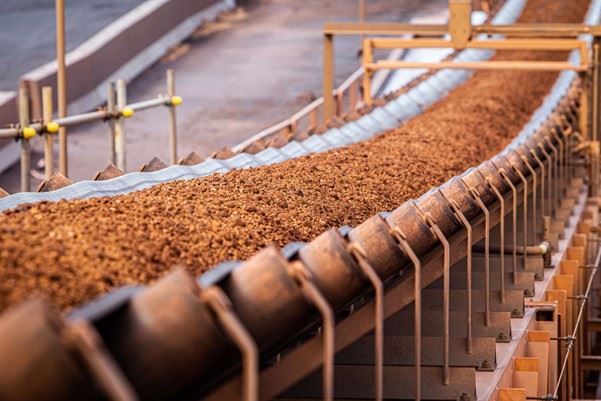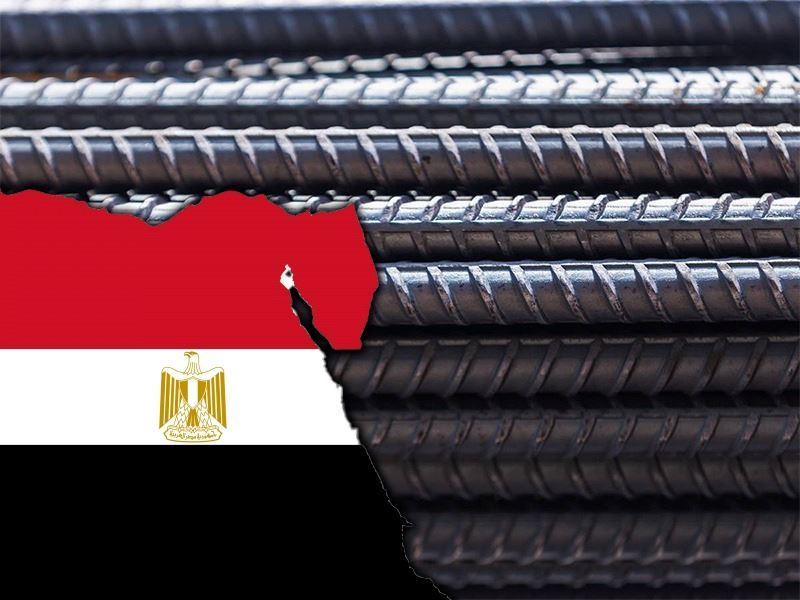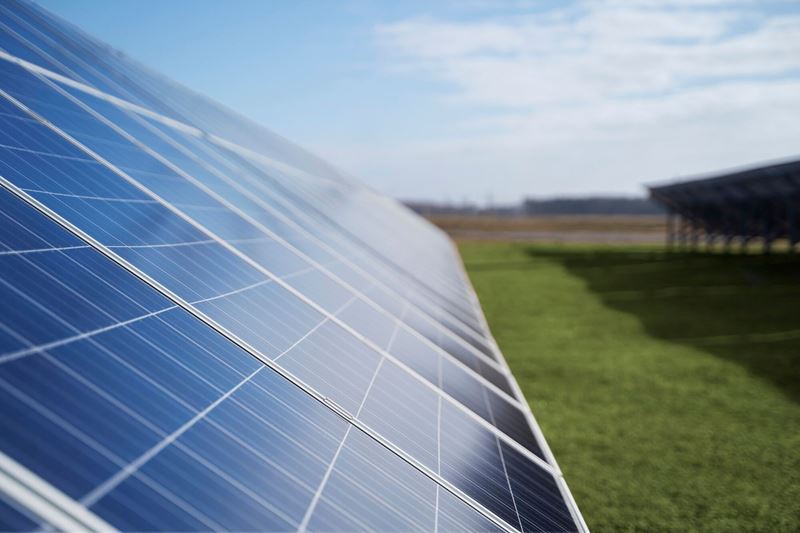China, which imports 75% of the world's seaborne iron ore, imported 102.3 million tons of iron ore in May. This means that over 100 million tonnes were imported for the third month in a row.
In the first five months of the year, iron ore imports increased by 7% and reached 513.75 million tons. However, steel production decreased by 2.6% in April and 7.2% compared to last year, falling to 85.94 million tons. In the first four months, 343.67 million tons of steel were produced, with an annual decrease of 3%. Figures for May have not yet been released, but a significant recovery is not expected.
Steel producers are struggling with low profit margins. At the end of May, profits in hot rolled coil production fell by 20 yuan (USD 2,76) per ton and remained between 50-100 yuan (USD 7-14). Beijing's efforts to revive the construction industry have not yet been effective.
Steel demand may increase in the second half due to the incentives, but demand is currently weak and recovery prospects are limited. This raises the question of how long iron ore imports will remain strong.
Iron ore imports are used to replenish stocks, not to produce more steel. Port stocks rose to 147.3 million tonnes in the week to June 7, reaching a 25-month high. Stocks have been rising since a seven-year low of 104.9 million tonnes in October 2023.
There is a strong connection between iron ore prices and China's imports. Prices peaked at USD 143.60 in January before falling to USD 98.36 in April. In May, prices recovered to USD 119.64, but fell to USD 107.06 in June. If steel demand does not increase, iron ore prices remaining high may lead to losses for steel producers.
The mismatch between China's iron ore imports and steel production could be resolved by lowering prices and import volumes. Increasing steel demand could change market dynamics, but there are no strong signs in that direction at the moment. The recovery of China's steel industry will depend on how economic policies and global market conditions develop.











Comments
No comment yet.